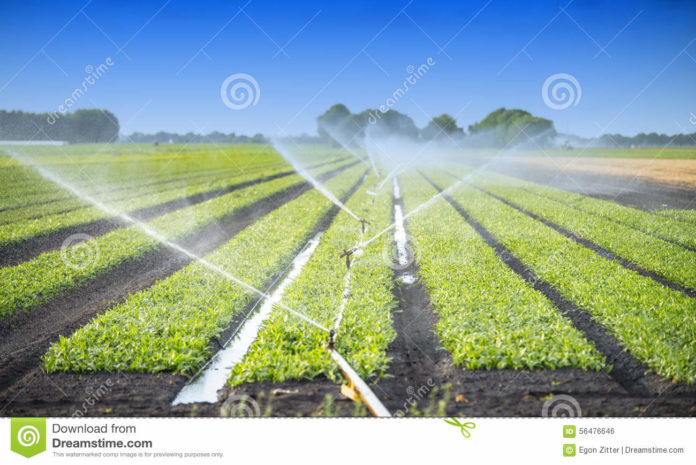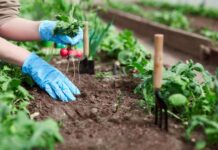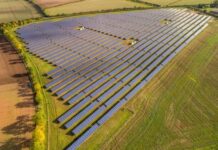A team of scientists has revealed a new, sustainable way for plants to increase carbon dioxide (CO2) uptake for photosynthesis while reducing water usage.
The breakthrough was led by a team of plant scientists at the University of Glasgow and is published in the journal Science. The researchers used a new, synthetic light-activated ion channel, engineered from plant and algal virus proteins, to speed up the opening and closing of the stomata – pores in the leaves of plants – through which carbon dioxide (CO2) enters for photosynthesis.
Stomata are also the main route for water loss by plants. Previous attempts to reduce water usage by manipulating these pores has generally come at a cost in CO2 uptake.
Consequently, the plants engineered at Glasgow showed improved growth whilst conserving water use.
The scientists’ modified plants grew as normal and substantially better under light conditions typical of the field, fixing more CO2 while losing less water to the atmosphere.
Crop irrigation accounts for roughly 70% of fresh water use on the planet and its use has expanded at unsustainable rates over the past three decades. Scientists have been trying to find ways to make plants grow with less water. Until now, much of the research has reduced water consumption, but at a potential cost in reduced CO2 uptake and plant growth. This is not a satisfactory approach overall, given the growing demands on agricultural food production.
This new research now offers a different approach that can successfully improve growth without compromising water use efficiency.
Lead author Maria Papanatsiou said: “Plants must optimize the trade-off between photosynthesis and water loss to ensure plant growth and yield. We adopt a well-established approach used in neuroscience, called optogenetics, to better equip stomata that are essential in balancing CO2 uptake and water loss.
“We used a genetic tool that acts as a switch allowing stomata to better synchronize with light conditions and therefore enhance plant performance under light conditions often met in agricultural settings.”







